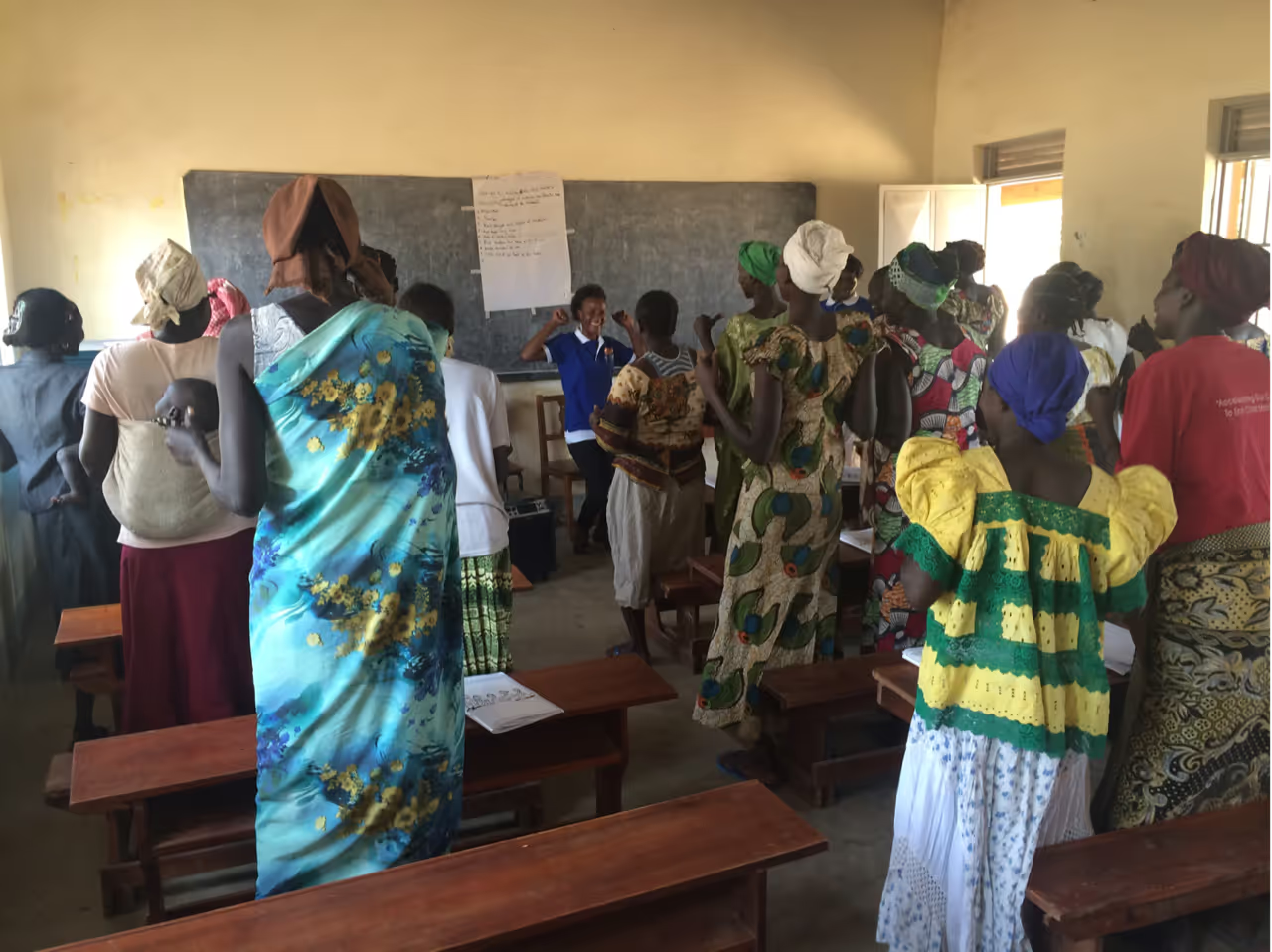Decoding systemic barriers in scaling impactful innovation
.webp)
This blog is authored by Hira Hafeez-Ur-Rehman, Innovation strategy advisor, UNICEF Office of Innovation
In this blog the guest author shares insights drawn from his experiences, unpacking the systemic challenges encountered and offering practical strategies that can lead to success in this intricate landscape.
Scaling innovation in the development and humanitarian sector feels much like navigating a labyrinth—full of promise yet laden with systemic obstacles. Having spent a decade engaging with these complexities, I find UNICEF’s U-Report to be a compelling example of both the potential and challenges we face while taking innovations to scale. With 37 million young users across 103 countries, U-Report has truly transformed how youth influence policy and drive meaningful change. However, my journey through its scaling process has uncovered invaluable lessons about overcoming barriers to achieve sustainable impact. In this blog, I’ll share insights drawn from my experiences, unpacking the systemic challenges we encounter and offering practical strategies that can lead to success in this intricate landscape.
The story of scaling innovation for young people: From vision to global impact
Launched in 2007 and piloted as a Rapid SMS (short messaging service) platform in Uganda in 2011, U-Report empowers young people to share their voices, mobilise communities, and shape policies. What began as a local experiment evolved into a global platform, supported by UNICEF Innovation and a diverse ecosystem of partners: governments, private sector, civil society, academia, and youth themselves. Today, U-Report’s data-driven insights inform youth-friendly policies, influence decision-making at community level, and drive measurable social change. But scaling this innovation wasn’t without hurdles.
Lessons learned: Navigating the scaling maze
Scaling U-Report revealed three foundational pillars for success—and the risks of neglecting them.
Prioritisation: The bedrock of strategy
Scaling requires relentless focus, particularly in the humanitarian sector, where the diversity of needs can be overwhelming. When someone asked me, "Why U-Report? Why not another initiative?" it reinforced the importance of evidence in guiding the organisation’s choices. In a landscape marked by limited resources, organisations must prioritise initiatives that demonstrate the greatest potential for impact.
To achieve this, it is crucial to establish clear prioritisation criteria that align with both organisational goals and community needs. A prime example is UNICEF’s 5D Innovation Framework, which provides a blueprint for identifying, validating, and scaling high-impact innovations. This framework not only helps organisations assess the viability of their initiatives but also ensures that efforts are concentrated where they can make the most significant difference.
Without a strong emphasis on prioritisation, initiatives can easily become fragmented, leading to wasted resources and stalled impact. In my experience, I’ve seen innovations that lacked a clear focus struggle to gain traction, ultimately failing to meet their objectives. By applying robust prioritisation strategies, organisations can streamline their efforts and pave the way for meaningful change in the communities they serve.
Ecosystem approach: Strength in collaboration
No innovation scales in isolation. An ecosystem approach—engaging both internal and external partners—unlocks diverse expertise, resources, and perspectives. For U-Report, partnerships with governments, private companies, and youth groups were pivotal. This interconnected network ensured the platform’s relevance and resilience. Ignoring ecosystem dynamics risks siloed efforts and missed opportunities.
Evidence generation: Decisions grounded in data
Scaling demands evidence to guide decisions and demonstrate impact. U-Report’s Theory of Change tracks key outcomes:
- Behaviour change: How engagement through U-Report shifts youth and community attitudes and behaviours on social issues.
- Policy impact: How policymakers use U-Report data to develop and implement youth-friendly programme and policies.
- Private sector engagement: How U-Report attracts corporate partnerships
By leveraging data, U-Report not only refined its approach but also built a compelling case for long-term investment. Without evidence, organisations risk flying blind, undermining sustainability.
Strategies for scaling success
To overcome systemic barriers, organisations must adopt two critical strategies:
Put people at the centre
Innovations thrive when they resonate with their audience. U-Report’s success stems from placing youth at its heart, amplifying their voices to shape policies and programmes. This human-centred approach builds trust, drives demand, and fosters sustainable engagement. Listening to communities ensures innovations address real needs, not assumed ones.
Adapt to local realities
There’s no universal playbook for scaling. What works in one context may fail in another. Organisations must tailor strategies to local challenges, cultures, and resources—whether through localised partnerships, adapted communication, or regional expertise. For U-Report, understanding local nuances enabled tailored rollouts that maximised impact. Ignoring context invites resistance and inefficiency.
A roadmap for impact
Scaling innovation is a daunting journey, but the stakes-— transforming lives and empowering communities—make it worth the effort. U-Report’s success shows what’s possible when organisations prioritise effectively, collaborate across ecosystems, and ground decisions in evidence.
For example, in Mozambique, U-Report’s youth-driven data led to the creation of a national hotline for young people to seek answers on their health, directly addressing a critical issue raised by young users.
“The confidentiality provided to young people using the SMS service is key in reaching young people because privacy is important to them. Most of the information given is available at local clinics but young people are scared to go to clinics because they don’t want to be seen by their family relatives—stigma and discrimination are real challenges for young people." U-Report Programme Manager in Mozambique.
As the development landscape evolves, these principles are not just a roadmap but a rallying cry: innovate boldly, listen deeply, and scale with purpose to reach those who need it most.
Read more about our Scaling Series
Failure to Scale
This paper explores the challenges humanitarian innovations face in achieving scale. Our research highlights why this issue matters, its implications, and its underlying causes.
Humanitarian procurement: challenges and opportunities in the adoption of WASH production innovations
This paper focuses on the demand side for product innovations and the connection between supply and demand, namely procurement.
Impact evidence and beyond: Using evidence to drive adoption of humanitarian innovations
This learning paper provides guidance to humanitarian innovators on how to use evidence to enable and drive adoption of innovation.
Read more about this paper
Stay updated
Sign up for our newsletter to receive regular updates on resources, news, and insights like this. Don’t miss out on important information that can help you stay informed and engaged.
Related articles
.png)


Related projects

Scaling up Self-Help Plus (SH+) through humanitarian partnerships
Explore Elrha
Learn more about our mission, the organisations we support, and the resources we provide to drive research and innovation in humanitarian response.